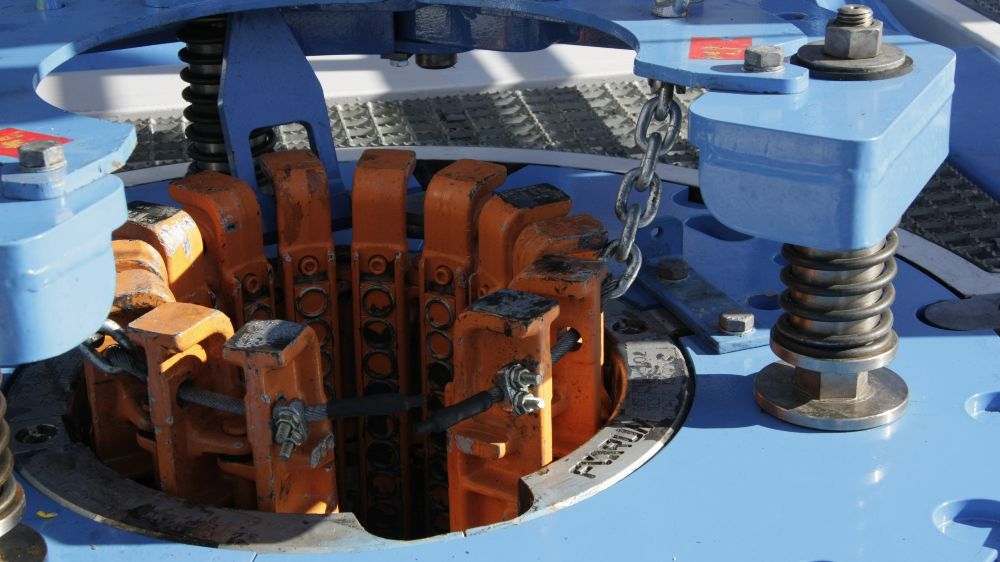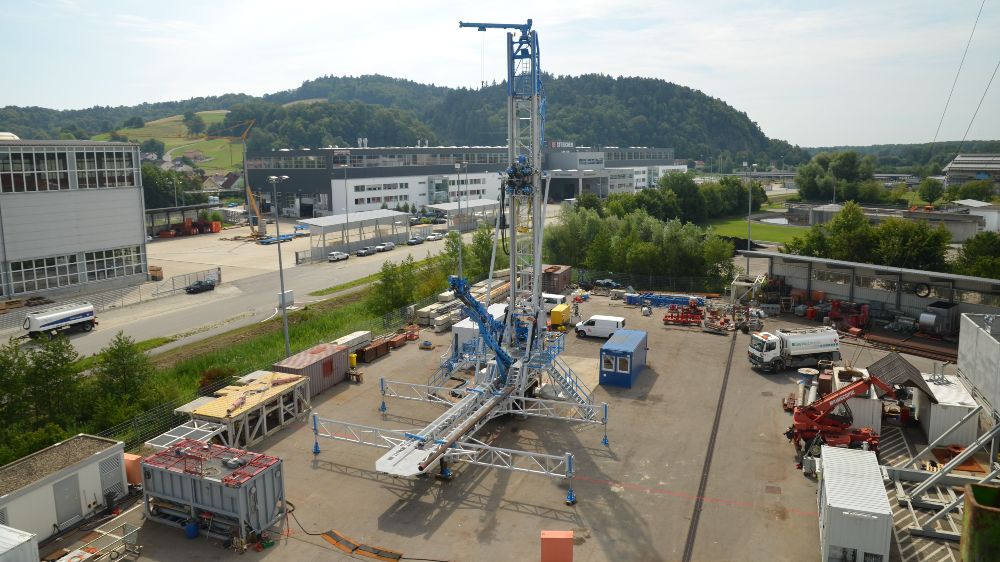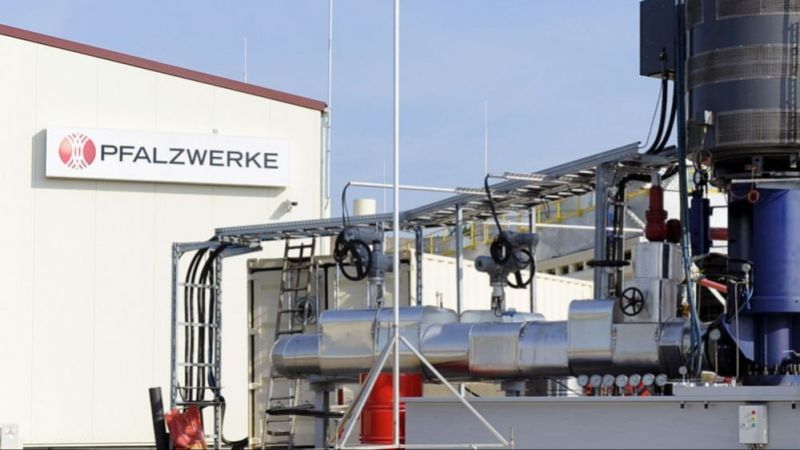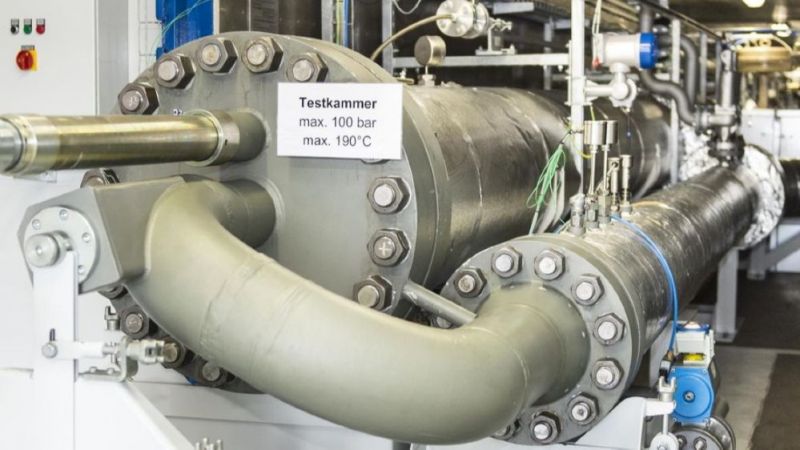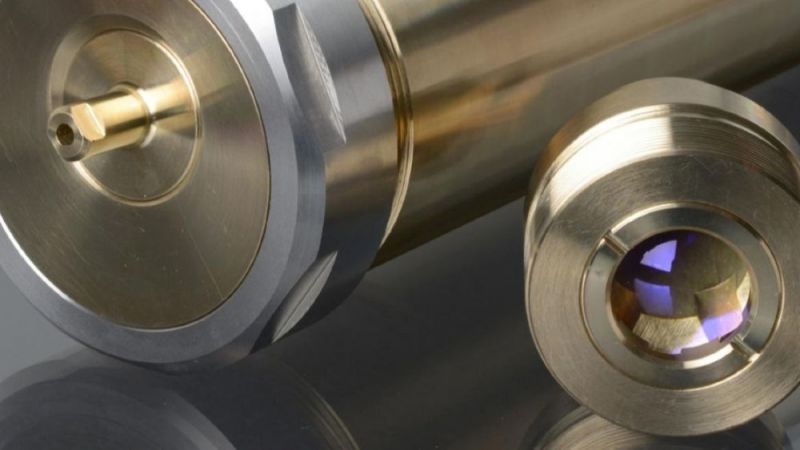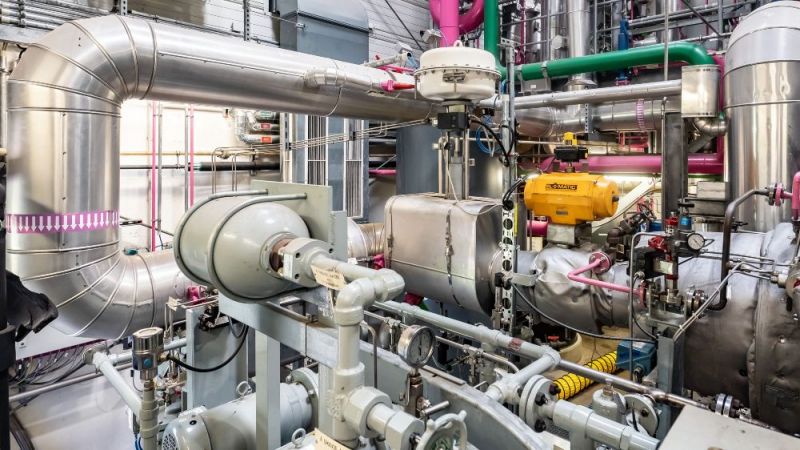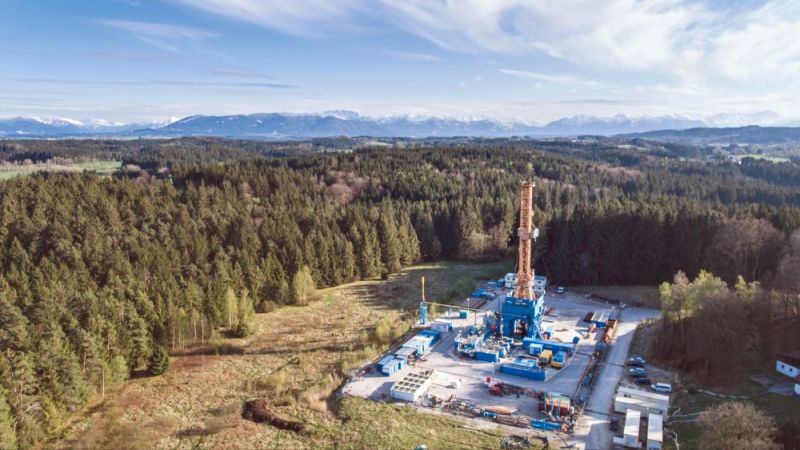Geothermal energy
Mobile rig installs and removes pumps
The special challenges of geothermal power require innovative solutions in machine technology to improve occupational safety and efficiency. If a production pump for a geothermal power plant fails, it must be removed from the borehole together with the production pipes and transported to the surface. Engineers from MAX STREICHER have developed and built a mobile workover rig in collaboration with the Stadtwerke München (SWM) municipal utility company. This enables the production pipes to be both removed and installed quickly and safely.
Project context
In the Munich area, SWM currently operates five geothermal power plants for generating electricity and heat. Their technical heart is the ESP pump (Electrical Submersible Pump) that pumps the thermal water, which is around 100 degrees celsius in temperature, out of the ground. Scaling occurs in the Munich region as a result of a special combination of temperature, pressure, pH value and salinity in the thermal water. Similar to lime in a kettle, mineral deposits accumulate in the pump. These repeatedly cause sudden pump failures and thus lead to plant standstills.
If the geothermal power plants are subjected to operational downtimes this can be very costly and therefore a quick pump change is necessary. To do this, however, around 800 metres of production pipes, the ESP pump underneath and the motors suspended from it must first be removed from the borehole and reinstalled after the pump has been replaced. Up to now, SWM has used up to three telescopic cranes and a relatively large number of personnel in the hazardous area for this process. Most activities require manual work. Although there are standard workover rigs from the crude oil sector, these are not directly available.
In order to improve this situation, SWM was looking for a more efficient, faster, safer and more economical method tailored to the specific needs of geothermal power.
Research focus
The engineers in the EBIMA research project were aiming to develop and test a system for safely and rapidly replacing deep pumps for extracting thermal water at deep geothermal locations.
One of the main concerns is that workover rigs for geothermal projects should have good mobility in order to guarantee short response and construction times. In addition, a high degree of automation is required in order to efficiently and, above all, safely remove and reinstall the submersible pumps and production pipes.
A special feature of workover work in deep geothermal power is the relatively low hook load compared with the size of the pump components and production pipes. This unusual combination results from the high volume flows and the correspondingly large size of the ESP pumps that are required in geothermal power. Added to this is the relatively low setting depth for these pumps of around 800-1000 metres.
This resulted in the challenge of designing a mobile and light workover rig capable of handling large and heavy supply line components.
Innovation
The engineers developed a drill mast consisting of a folding rack and pinion mast. The mast would have been too long to be transported in one piece. The entire system was mounted by the project team on a special semi-trailer that can also travel over roads and around roundabouts, for example in Munich’s urban area. This is ensured by the vehicle's four steering axles.
An autonomous production pipe feed system picks up each 14-metre-long production pipe from the horizontal position and brings the pipe into a vertical position in the mast. There the pipe is automatically transferred to the lifting carriage, which lowers the pipe into the borehole.
The compact and very light rig can be transported on German roads without the need for a complex approval procedure and can be transported quickly from one place of operation to the next. It then only takes 6 hours to be assembled on site. This rapid operational readiness makes it possible to reduce the downtime of geothermal power plants.
Results
At the end of 2018, the EBIMA workover rig successfully completed a trial operation at the Dürrnhaar geothermal power plant. A defective pump line was removed over the Christmas holidays and a new pump reinstalled. The time required for removal and installation undercut the set target values.
Practical transfer
The EBIMA workover rig is currently in use at SWM's joint partner for all pending pump changes. With the help of the experience gained from the first practical applications, the project teams are working on optimising the system and adapting it to the local conditions at other geothermal sites.
Last updated: 09.07.2019


